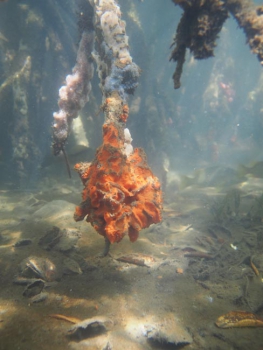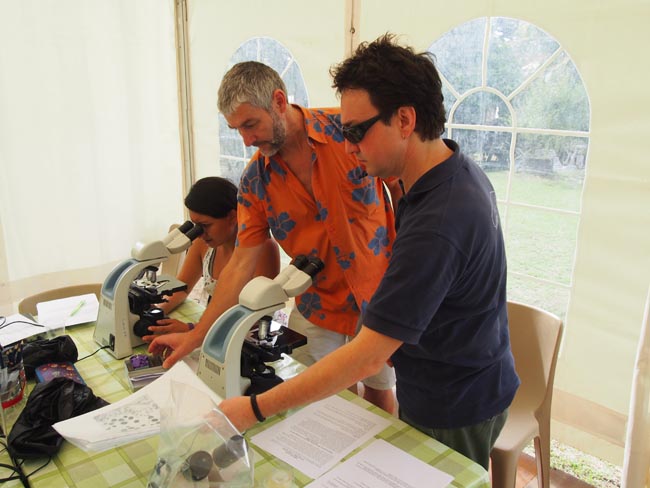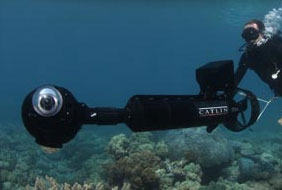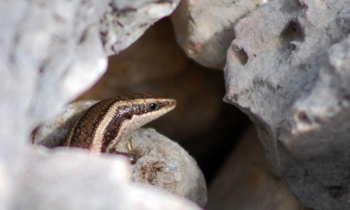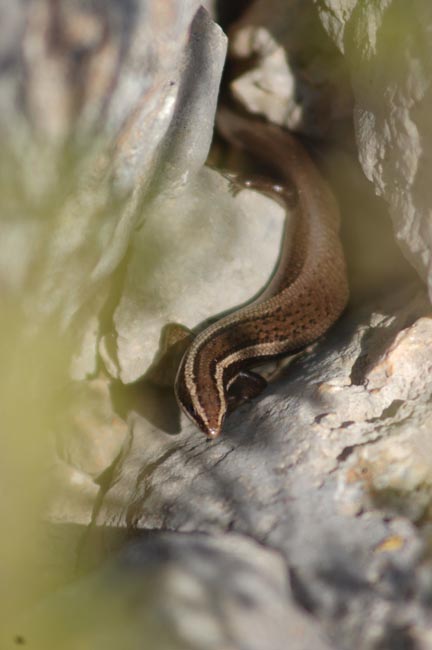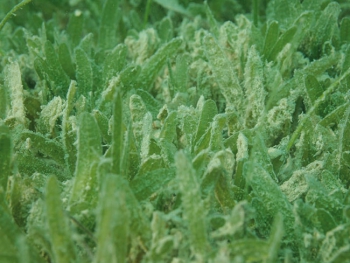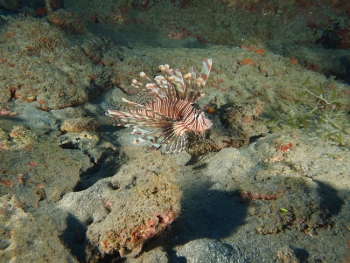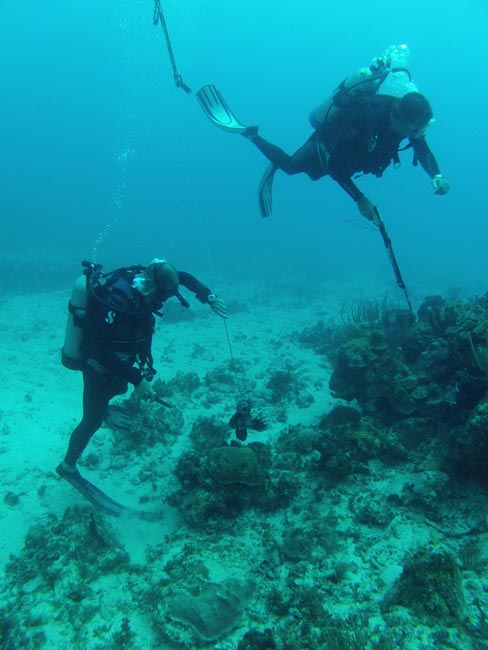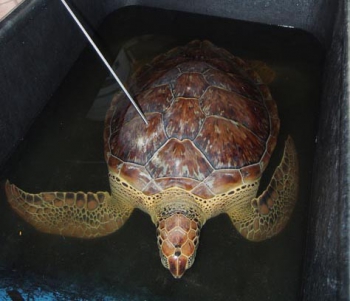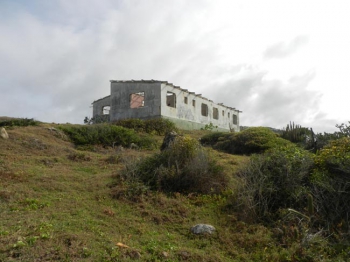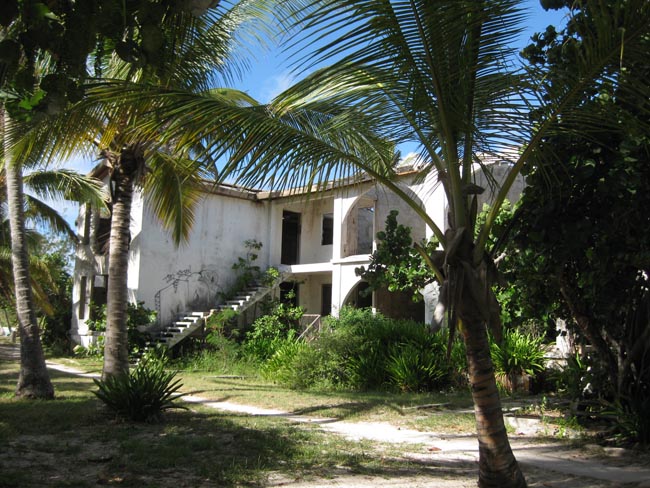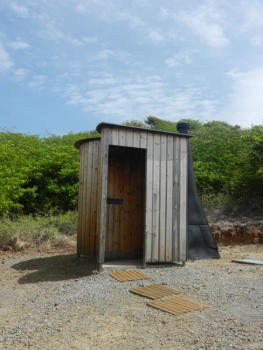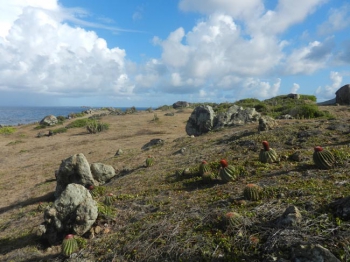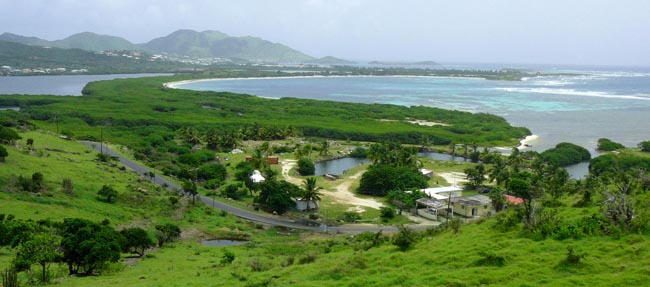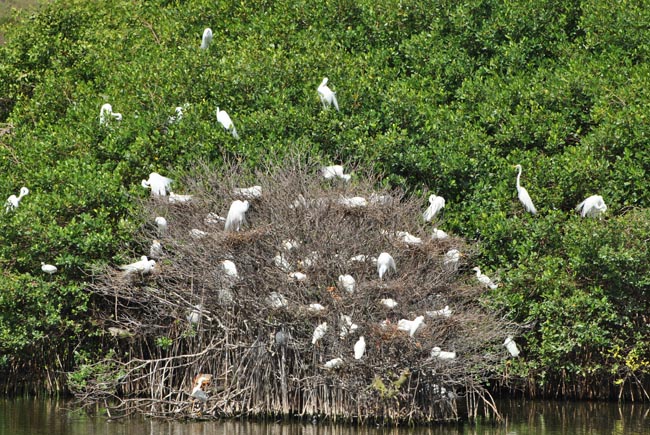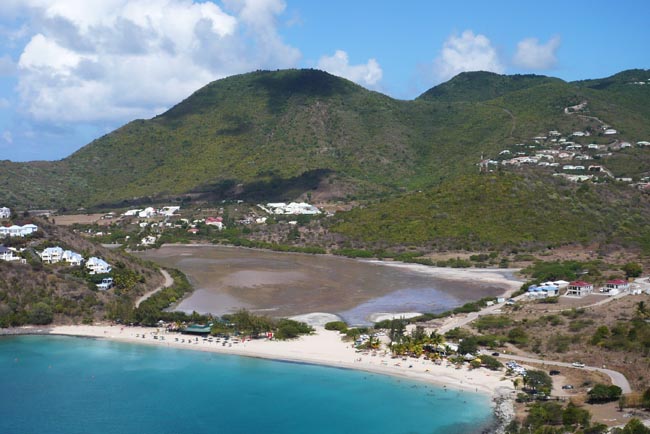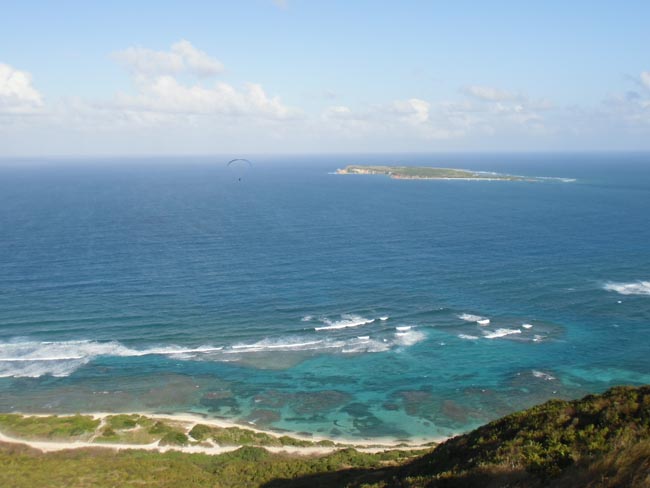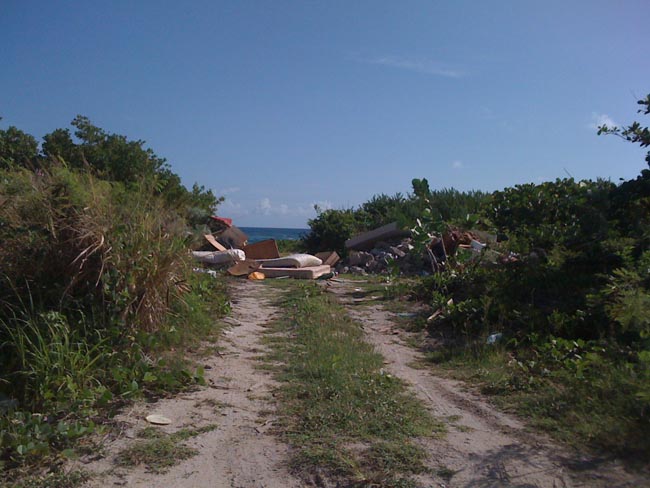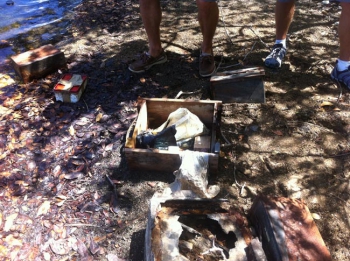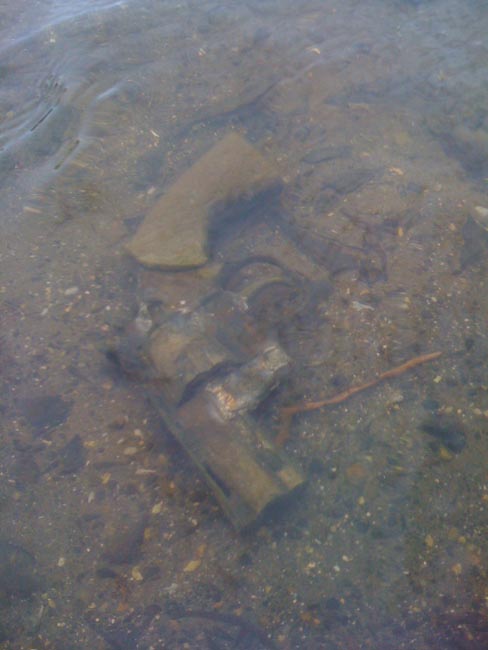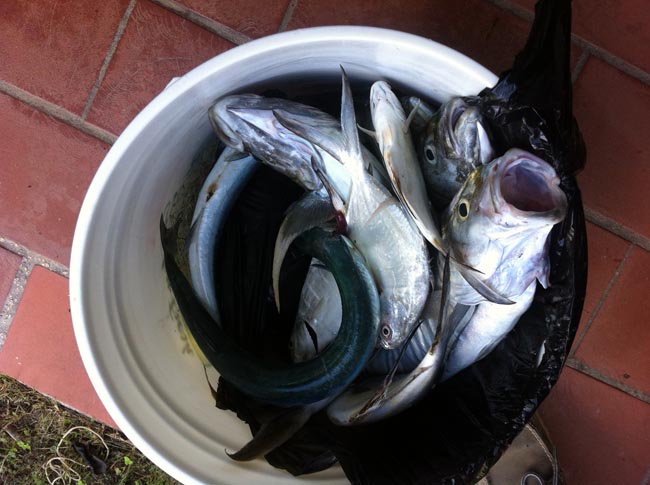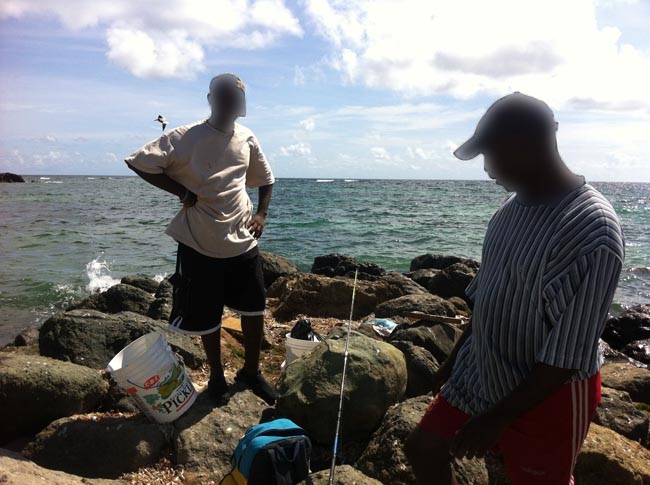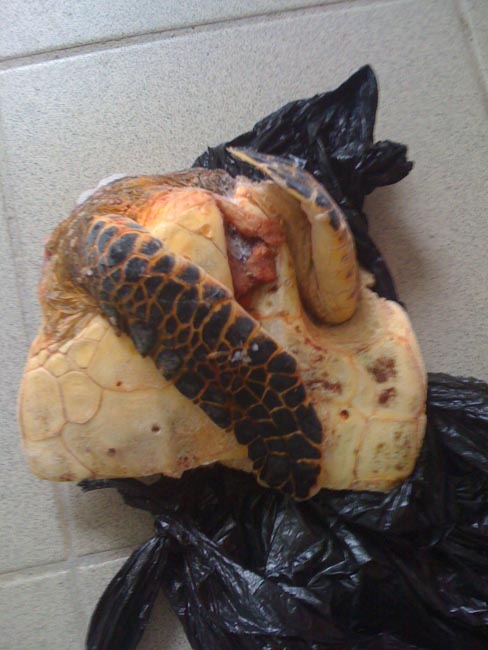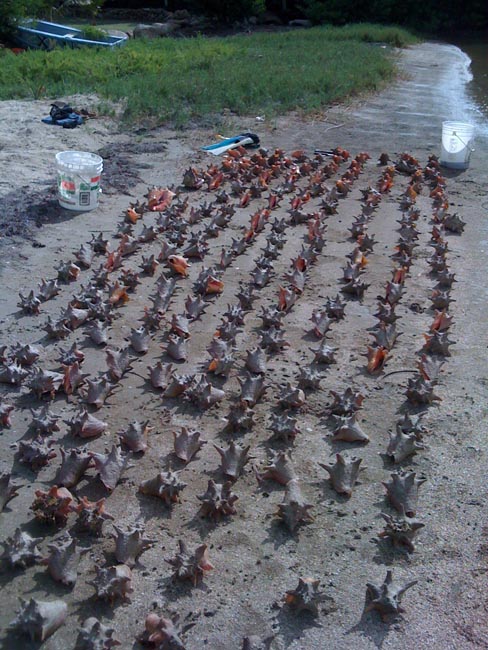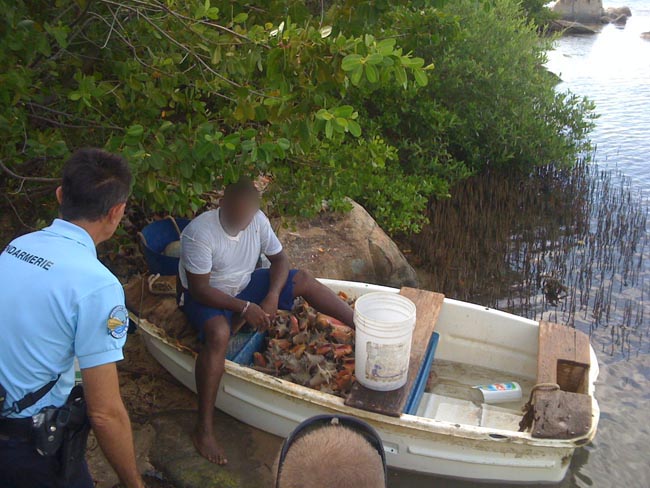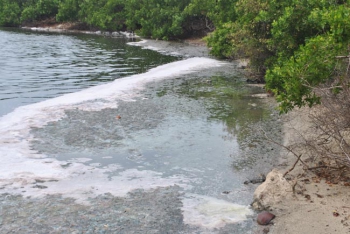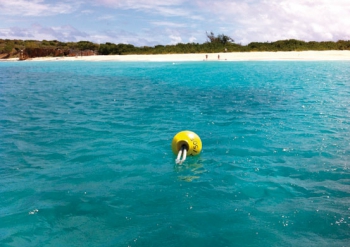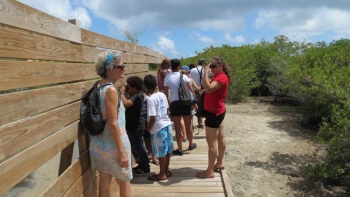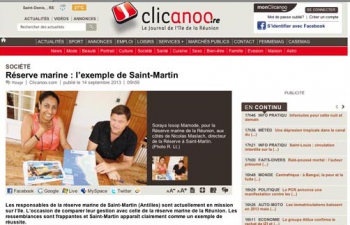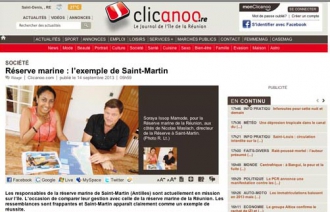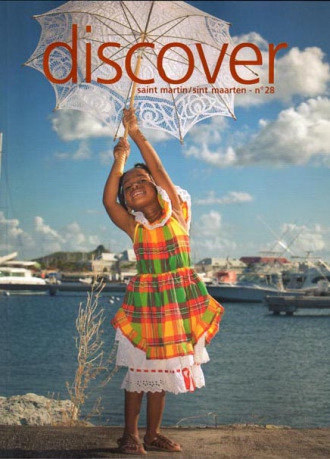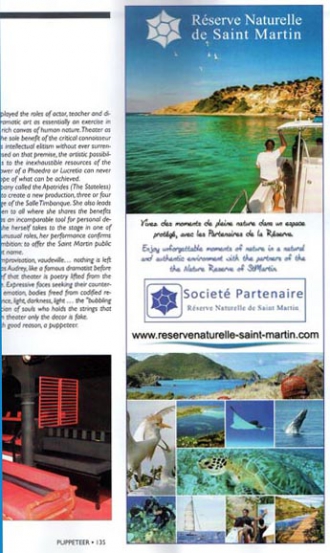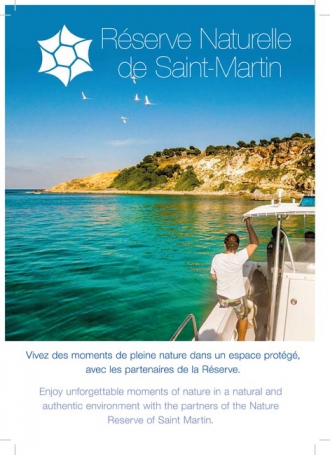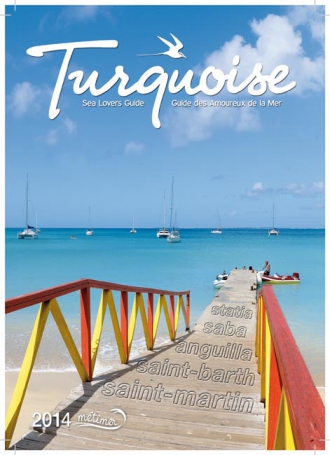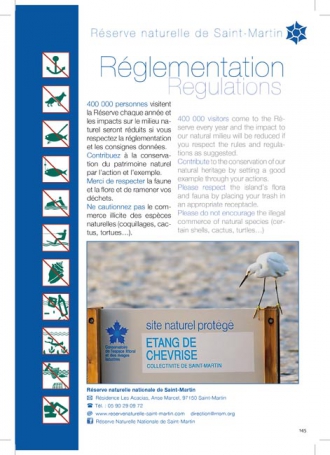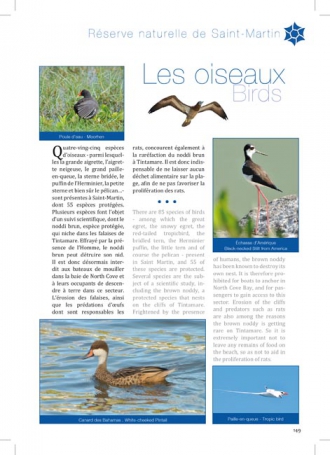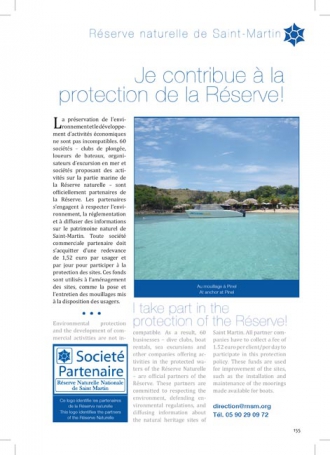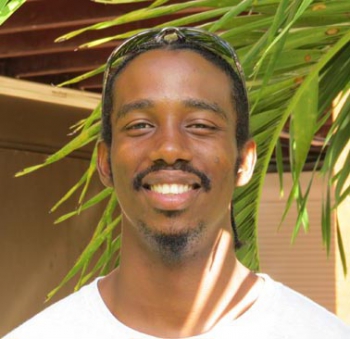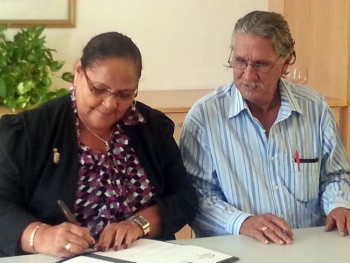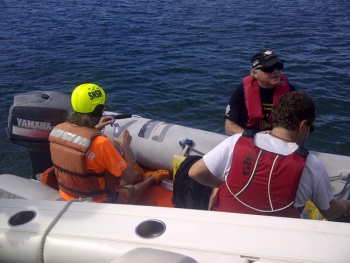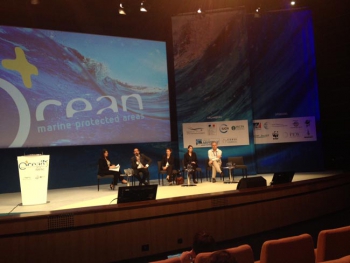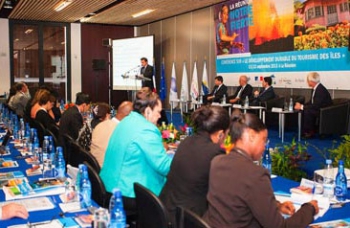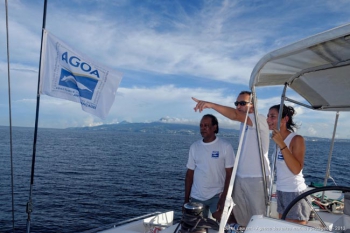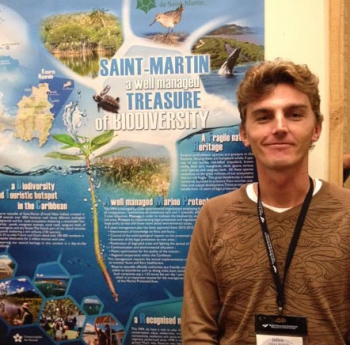Established in 2010 within the exclusive economic zone of the French Antilles, the AGOA Sanctuary is dedicated to the protection of marine mammals. Thanks the financial and technical support of the Agence des Aires Marines Protégées (AAMP), the sanctuary works particularly in developing cooperation through a matching policy with existing, or future, sanctuaries in the region, and by setting up international awareness campaigns about marine mammal and their habitats. On September 10th 2013, the Saint-Martin Nature Reserve signed an agreement with the AAMP. This convention enables the Reserve to represent the sanctuary when dealing with the authorities, to participate in the implementation of the management actions recommended by the AAMP, to contribute to the organization of scientific research programs at sea, to maintain relations with the marine environment players and finally to organize regular events around the sanctuary. AGOA represented by the Saint-Martin Nature Reserve
The MPA managers at Porquerolles
Free the whales from driftnets
From November 12th to 14th, in collaboration with the Reserve, the International Whaling Commission (IWC) and CAR-SPAW invited fifteen Caribbean countries to Saint-Martin to discuss the conservation of marine mammals. The main cause of mortality in marine mammals is them becoming entangled in fishing gear or drifting ropes. A large part of the workshop was devoted to the most effective intervention techniques to release the animals. This phenomenon has become so widespread that an IWC expert travels the world to inform the concerned persons the techniques to use, both by way of a video presentation, and also exercises done at sea. In Saint-Martin four boats, including that of the SNSM, participated in the workshop that explained to the participants how to approach the animal and also the risks involved in the disentanglement techniques. The entire team from the Saint-Martin Nature Reserve was taught these techniques, as well as the SNSM crew. The Reserve is now equipped with a kit, financed by CAR-SPAW and contains grapples, poles equipped with knives, safety helmets and lifejackets. A “Rescue Team” involving managers of the marine protected areas in the region was established in order to respond quickly to any such situations in our waters.
The Caribbean threatened by rising water levels
Twelve Caribbean countries participated in a workshop on climate change that was held on November 28th and 29th at the Hotel Mercure. It was organized by the International Union for Conservation of Nature (IUCN) and CAR-SPAW, in partnership with the Reserve. The experts presented the impact of climate change on the small island territories of the Caribbean. The most optimistic announced a one meter rise in the sea level, which corresponds to an average 150m of coastal erosion along the entire Caribbean coastline. This loss of land would be accompanied by population displacement and would have a major impact on the hotel industry. The experts and managers present all emphasized the importance of preserving the coastal ecosystems and coastlines in order to effectively fight against the rising water level. Two local elected officials, René-Jean Duret and Jean- Philippe Richardson, were made aware of this threat, and were advised to take this into account when drawing up the Local Urbanization Plan that is currently under development.

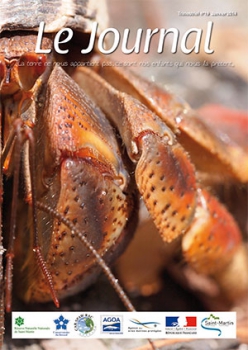
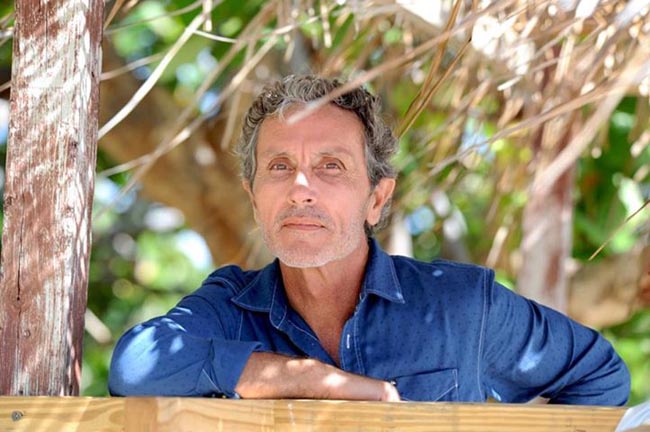
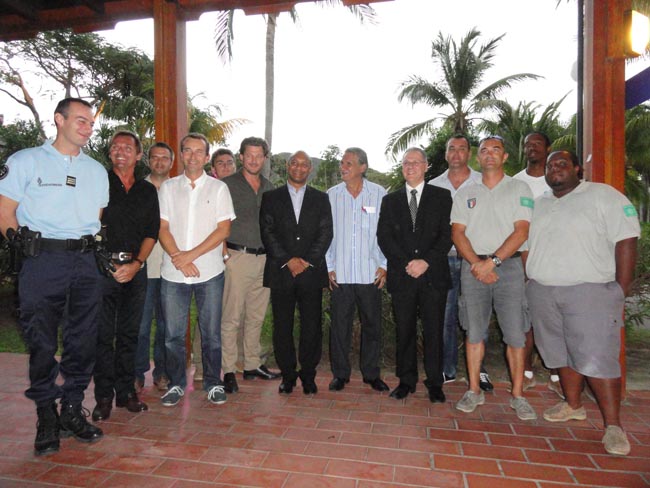
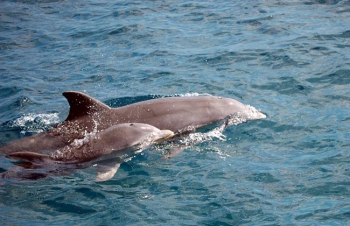
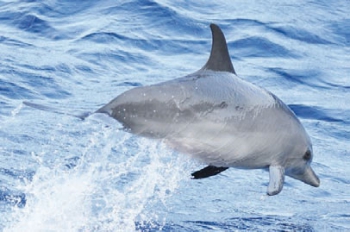
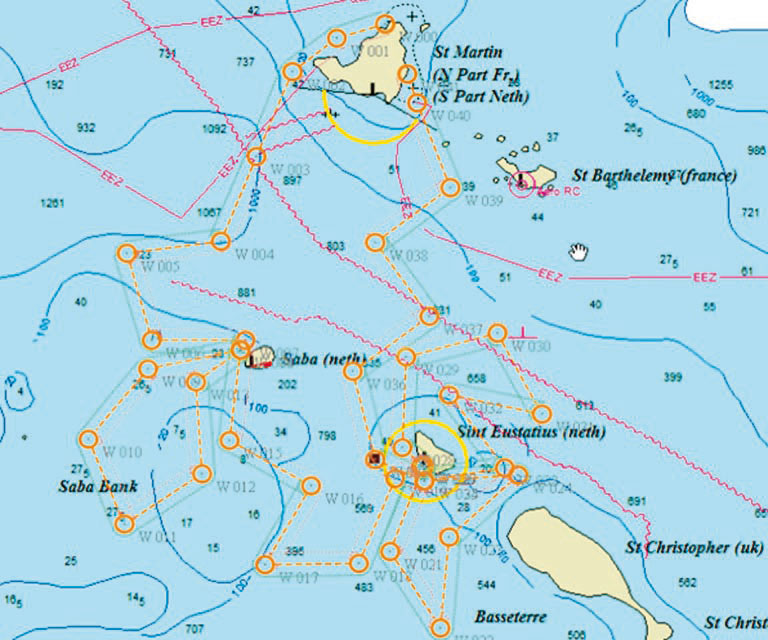
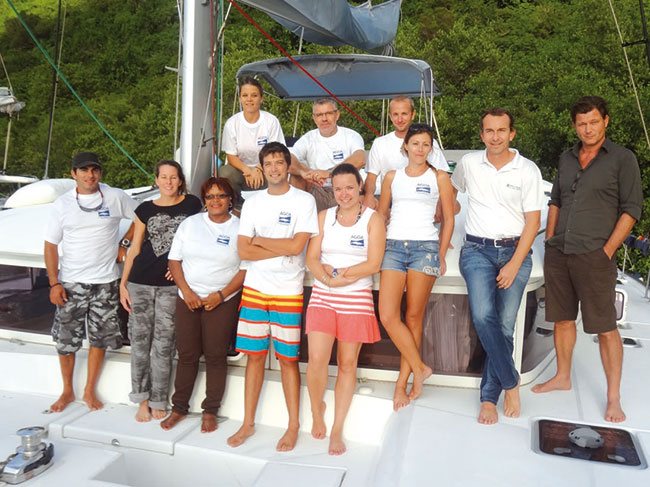
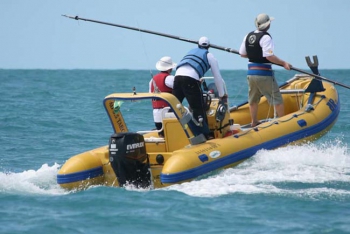
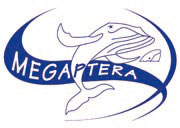 What migratory routes do the humpback whales take? Which waters do they frequent exactly? Do they cross paths with other humpback whales? As stated in the Management Plan, the Nature Reserve, that represents the AGOA Sanctuary in Saint-Martin, is anxious to provide answers to these questions in order to improve the management of the sanctuary. In collaboration with CAR-SPAW and the Saint-Bart Nature Reserve, a 10 day scientific mission baptized “Megara” has been programmed for the end of March 2014 in the waters of Saint-Martin and Nevis. The idea, a first in the Îles du Nord, is to implant Argos marine transmitters into the fatty tissue of several humpback whales in order to follow their journey via satellite and the web. The association Megatera, accustomed to this type of exercise, will be aboard the catamaran chartered for this mission, along with Michel Vély, chairman of Megaptera, several scientists and managers of marine protected areas in the region. The mission also plans to take skin samples of the humpback whales, and sperm whales as well. These samples will determine the sex and origin of each individual. They will be compared by Dr. Per J. Palsboll at the Dutch university of Groningen that has a database of over 8,500 samples collected from animals in the Northern Atlantic. An awareness campaign for scholars is programmed in partnership with Jean- Marie Jespère, the Academy Inspector of National Education in Saint-Martin, and the association «Mon école, ma baleine», Nelly Pélisson.
What migratory routes do the humpback whales take? Which waters do they frequent exactly? Do they cross paths with other humpback whales? As stated in the Management Plan, the Nature Reserve, that represents the AGOA Sanctuary in Saint-Martin, is anxious to provide answers to these questions in order to improve the management of the sanctuary. In collaboration with CAR-SPAW and the Saint-Bart Nature Reserve, a 10 day scientific mission baptized “Megara” has been programmed for the end of March 2014 in the waters of Saint-Martin and Nevis. The idea, a first in the Îles du Nord, is to implant Argos marine transmitters into the fatty tissue of several humpback whales in order to follow their journey via satellite and the web. The association Megatera, accustomed to this type of exercise, will be aboard the catamaran chartered for this mission, along with Michel Vély, chairman of Megaptera, several scientists and managers of marine protected areas in the region. The mission also plans to take skin samples of the humpback whales, and sperm whales as well. These samples will determine the sex and origin of each individual. They will be compared by Dr. Per J. Palsboll at the Dutch university of Groningen that has a database of over 8,500 samples collected from animals in the Northern Atlantic. An awareness campaign for scholars is programmed in partnership with Jean- Marie Jespère, the Academy Inspector of National Education in Saint-Martin, and the association «Mon école, ma baleine», Nelly Pélisson.